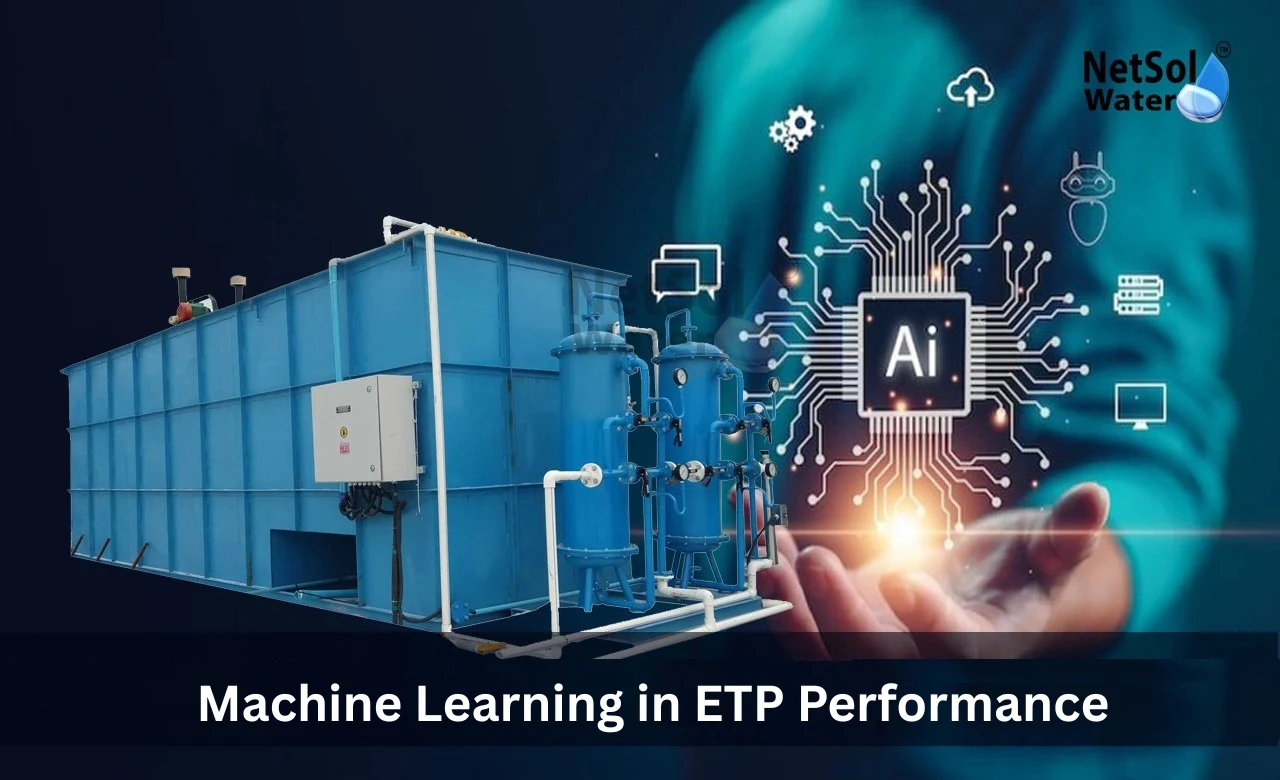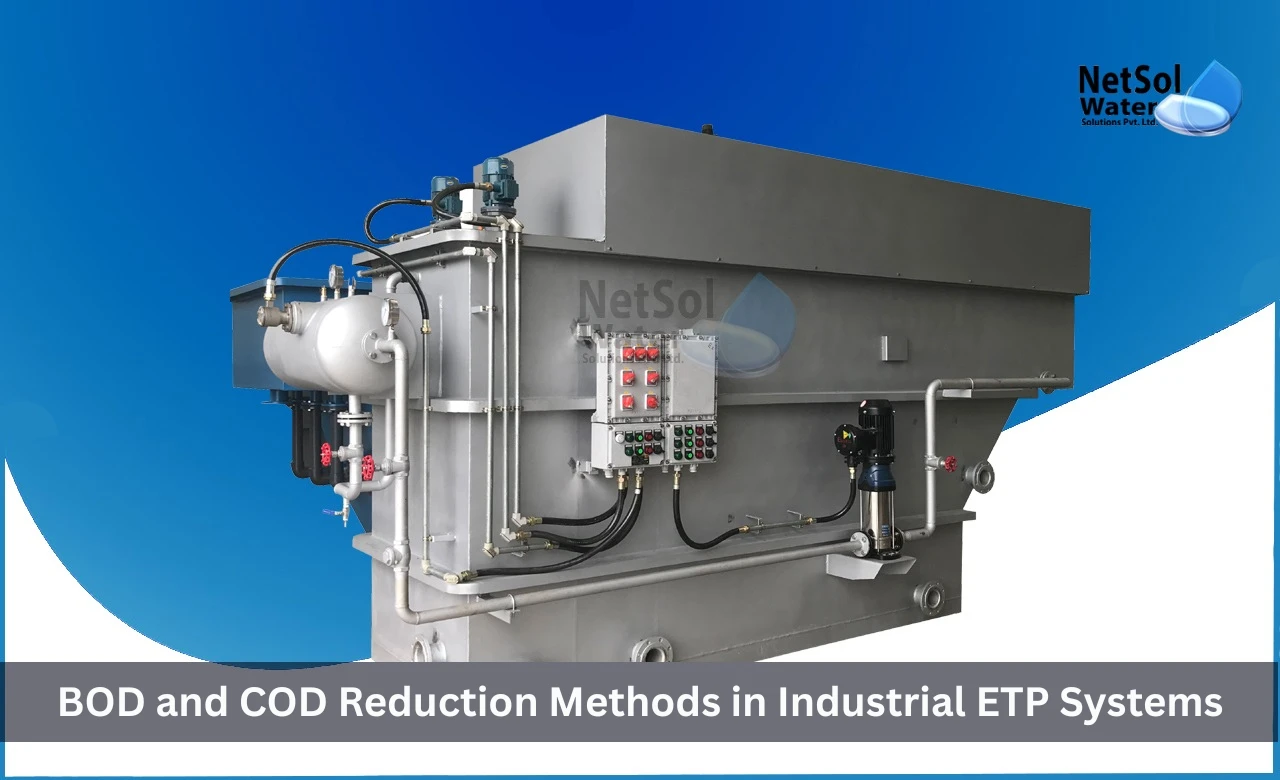Why Do Effluent Treatment Plants Need Regular Monitoring?
Water stands as one of our most precious resources. As industries grow and populations expand, the need to protect our water sources becomes more important than ever before. Effluent Treatment Plants (ETPs) serve as guardians of our water systems by cleaning industrial wastewater before it returns to the environment. These treatment facilities work around the clock to remove harmful substances and ensure the water meets safety standards. However the successful operation of these plants depends on one critical factor: regular monitoring. This monitoring process involves checking various parameters testing equipment functionality and ensuring the treatment process works effectively. Through consistent monitoring industries can maintain environmental compliance protect public health and optimize their treatment processes.
The following sections explore the essential aspects of ETP monitoring and explain why this practice should be at the forefront of every industrial operation’s environmental management strategy.
Environmental Protection Through Continuous Monitoring
The environment faces numerous challenges from industrial activities. Regular monitoring of Effluent Treatment Plants plays a central role in protecting our ecosystems. Let us examine how monitoring safeguards our environment.
1. Water Quality Standards: Monitoring helps maintain strict water quality parameters. Treatment plants must ensure the treated water meets specific standards before release. Regular testing catches any deviations from these standards early. This prevents contaminated water from entering natural water bodies.
2. Ecosystem Protection: The aquatic ecosystem depends on clean water for survival. Fish plants and microorganisms need specific water conditions to thrive. Continuous monitoring ensures these conditions remain stable. Treatment plants track pH levels dissolved oxygen and other parameters that affect aquatic life.
3. Prevention of Soil Contamination: Treated water often flows through soil before reaching groundwater. Proper monitoring prevents harmful substances from seeping into the ground. This protects soil health and prevents long-term environmental damage. Regular soil testing around discharge points helps identify potential issues before they become serious problems.
Operational Efficiency and Cost Management
Regular monitoring directly impacts how well an Effluent Treatment Plant performs. It also affects the operational costs of running these facilities. Let us explore the connection between monitoring and operational success.
- Equipment Performance: Treatment equipment needs constant attention to work properly. Regular monitoring helps identify wear and tear early. This allows maintenance teams to fix small problems before they become expensive repairs. Monitoring also shows how well each piece of equipment removes contaminants.
- Chemical Usage Optimization: Treatment plants use various chemicals to clean wastewater. Monitoring helps operators adjust chemical dosages correctly. Too much chemical waste increases costs while too little reduces treatment effectiveness. Regular testing ensures the right balance for optimal results.
- Energy Consumption Management: Power usage represents a significant cost in treatment operations. Monitoring helps identify equipment that uses too much energy. It also shows when processes can run more efficiently. This information helps plants reduce their energy bills while maintaining treatment quality.
Compliance and Documentation Requirements
Industries must follow strict environmental rules. Regular monitoring helps plants stay within these guidelines. Let us understand the importance of monitoring for compliance.
A. Regulatory Requirements: Environmental agencies set specific standards for water treatment. Plants must regularly test their output to prove they meet these standards. Monitoring creates a record of compliance that protects companies from penalties.
B. Documentation Systems: Good monitoring includes keeping detailed records. These records show treatment effectiveness over time. They also help during inspections and audits. Plants need organized systems to track all their monitoring data.
C. Response Planning: Sometimes treatment processes face unexpected problems. Regular monitoring helps plants prepare for these situations. It shows what might go wrong and how to fix it. This preparation prevents serious compliance issues.
Take Action for Better Wastewater Treatment:
Your Effluent Treatment Plant needs expert monitoring to protect the environment and your bottom line. Contact our team today to learn how we can help improve your monitoring systems. Our specialists will evaluate your current processes and suggest improvements that match your needs. Schedule a consultation now to ensure your treatment plant operates at its best.
To explore customised commercial RO plants, Industrial RO plant, ETP or STP solutions for your needs in your areas and nearby regions, Contact Netsol Water at:
Phone: +91-965-060-8473
Email: enquiry@netsolwater.com










